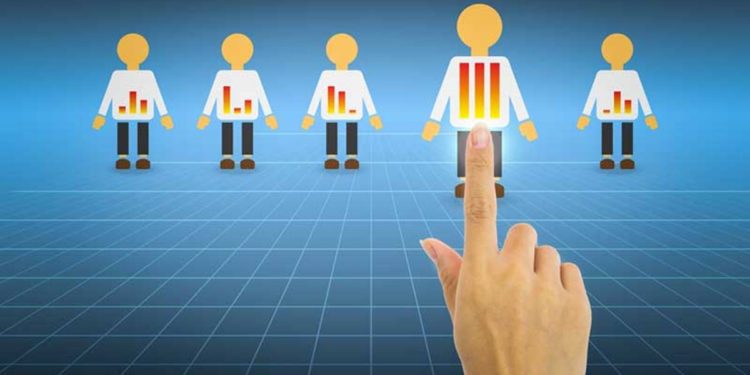Fine tune your hiring by avoiding these six mistakes employers make with assessments
No employer would ever knowingly sabotage its hiring, training and team-building processes. Read on to learn more about how you can get maximum benefit from your assessment program by avoiding these common missteps.
- Neglect to define job fit and culture fit for job matching – Your current top performers are your best source of identifying exactly what to look for in potential candidates. Assess them and compile the results to create an ideal benchmark of job fit. Use job descriptions with supporting surveys to customize this for your organization. According to Harvard Business Review, the job matching approach more accurately predicts job success than any other commonly accepted factors, such as education, experience or job training. Sometimes assessment users will use a benchmark that has not been customized to fit the organization or the specific position. For example, if you have a very rule-oriented organization and hire someone who prefers flexibility, how is that likely to play out?
- Choose an assessment that doesn’t measure cognitive and core personality traits – Many assessments do a great job measuring personality traits, which may help to illuminate cultural fit for instance. But one of the biggest predictors of job fit success rests on the cognitive abilities. Think of it like this: can the candidate actually do the job? Don’t focus exclusively on how the candidate will respond to change for example.
- Use assessment results without understanding what’s measured – It’s easy to misinterpret results. For example, the Profile PXT measures “energy” and someone who scores low in this scale isn’t lazy. Rather, this person is very focused and patient. You can imagine this trait being very desirable in certain roles.
- Only use assessments for one position in an organization – People work with people, so it stands to reason that if you define the characteristics of a great sales person, you would also want to know what to look for in a top-notch support person. While both roles serve different functions, understanding the challenges and strengths of each drives better teams.
- Rely exclusively on the assessment results to hire or eliminate a potential candidate – Assessments provide a very important piece of the puzzle, but it’s just one piece. You’ll still want to interview the candidate and perform full reference and background checks. Then compare the results of this information to the data in the assessment to get a comprehensive view of the potential new hire.
- Use the assessment at the end of the interviewing process –Assessments are great screening tools that allow you to spend more of your time on those that appear to be a close match. But waiting until the entire team has interviewed the candidate can put you at risk. Be ready for pushback if the candidate scores as a low fit to the job. It’s best to know that early in the process.
Assessments are fantastic for reducing recruiting costs and needless turnover. With the right program and support, your organization can benefit from a more scientific approach to hiring, which leads to a stronger culture and increased productivity. And, perhaps Bill Gates put it best when he said, “if we weren’t still hiring people and pushing ahead at full speed, it would be easy to fall behind and become some mediocre company.”

